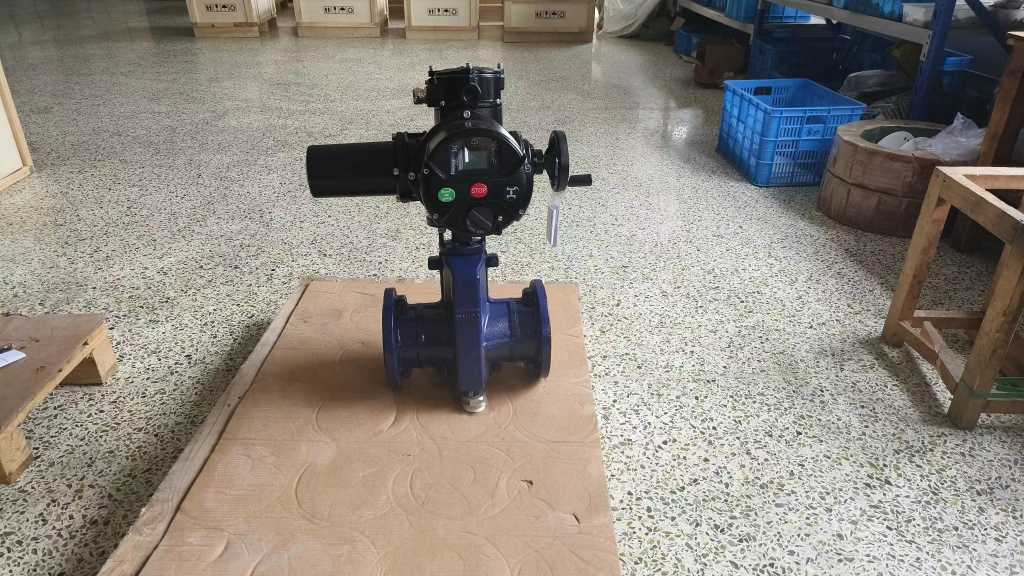the role of hydrogen energy electric pinch valve in the future of sustainable energy systems
Release time:2025-04-24 15:01:46
In recent years, hydrogen energy has gained significant attention as a cleaner alternative to traditional fossil fuels. As the world moves toward more sustainable and eco-friendly energy solutions, hydrogen-powered systems are emerging as a promising technology for reducing carbon emissions. One crucial component that plays a key role in hydrogen energy systems is the Hydrogen Energy Electric Pinch Valve. This innovative valve technology not only aids in the efficient control of hydrogen flow but also enhances the safety, precision, and sustainability of hydrogen-powered operations. This article will explore the design, function, and impact of the Hydrogen Energy Electric Pinch Valve in modern energy systems.

What is a Hydrogen Energy Electric Pinch Valve?
A Hydrogen Energy Electric Pinch Valve is a specialized type of valve designed for controlling the flow of hydrogen gas within pipelines or systems. Unlike traditional valves, which use mechanical means (such as ball or gate valves), pinch valves use a flexible rubber sleeve or diaphragm that "pinches" the flow passage to regulate the flow of fluid or gas. In the case of the Hydrogen Energy Electric Pinch Valve, it operates through an electric actuator, which precisely controls the opening and closing of the valve.
The electric actuator provides a high degree of automation and accuracy, making it ideal for applications where precise control over hydrogen flow is required. The pinch valve’s design minimizes the risk of leakage, which is critical when handling hydrogen, a highly flammable and low-density gas. By using an electrically controlled pinch mechanism, these valves can be remotely monitored and operated, increasing safety and reducing the need for human intervention in hazardous environments.

